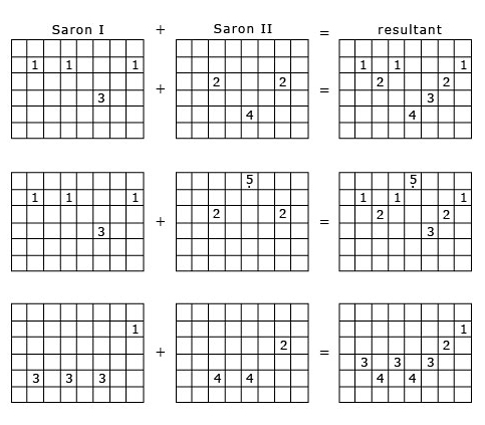3.4 Variation
In order to take us this far, I've had to write down a few parts and analyse them. This has clarified some points, but obscured others, the most basic of which can be stated bluntly: virtually every part in every Sundanese gamelan piece is subject to variation. Each player has, as a general rule, not a single correct part but rather a selection of equally correct options. In fact each player knows the basic structure (such as that discussed in Section 3.2), and how to derive the part for his own instrument from that structure. But the rules for deriving a particular part from the basic framework generally allow several possibilities. This applies in cases like that we've covered, where an instrument (saron) has a choice of different types of pattern (lancaran, caruk or ciaseman), but it's also the case that each type of pattern can be realised in several ways. (In this group, like many others in Sunda, the instrumental players are all male, although they are sometimes joined by female singers.)
To give an example, the caruk pattern quoted above is in fact only one of many possibilities. The ‘rule’ is that the two sarons should combine to produce a simple melody ending on a destination pitch. The way this is achieved is by the two sarons effectively dividing up the scale between them. Thus if the destination tone is a 1, saron I will play mostly 1s and 3s; saron II will play 2s, 4s and high 5s. We've looked at one possibility, that saron I plays ‘1331’ and saron II adds ‘.242’, resulting in the conjunct line ‘.1234321’, as laid out in Figure 17.
Following the same principles, Figure 18 shows some other possibilities.
Thus, the lines tend to be mostly conjunct, with only occasional leaps, something which is achieved by the two players carefully listening to each other and responding appropriately. Almost all the parts, as I said, are similarly variable. The result is that, even if the group kept repeating the same basic framework all night, it would never be realised exactly the same way twice.


